To use drones for affordable wedding photography and videography, you'll need to comply with FAA regulations. Register your drone, obtain a Remote Pilot Certificate, and follow operational guidelines like flying below 400 feet and maintaining visual line of sight. Check local laws and obtain necessary permits, as they can vary by region. Be aware of no-fly zones and privacy considerations. Secure appropriate insurance coverage for liability and equipment protection. Practice safe flying techniques and communicate with clients about drone usage. By mastering these regulations and best practices, you'll be well-equipped to capture stunning aerial footage while staying legally compliant.
Key Takeaways
- Obtain FAA Part 107 Remote Pilot Certificate for commercial drone operations at weddings.
- Register drones over 0.55 lbs with the FAA and adhere to operational guidelines like visual line-of-sight.
- Research and comply with state and local drone laws, which may be stricter than federal regulations.
- Secure necessary permits from local authorities and venue owners for commercial drone use at weddings.
- Respect privacy laws, obtain guest consent, and avoid flying over uninvolved persons during wedding photography.
FAA Regulations for Drone Operators
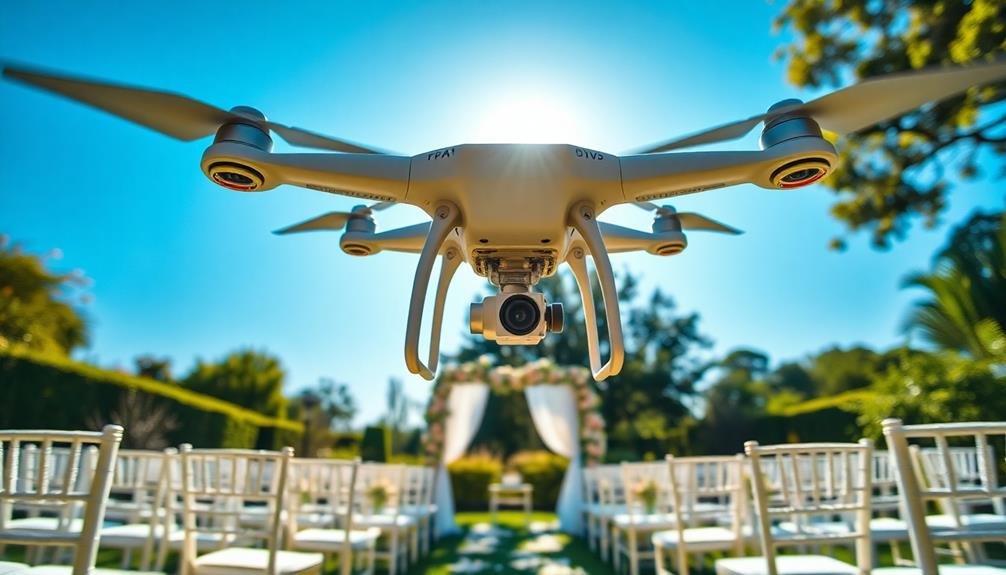
Three key FAA regulations govern drone operators in the wedding photography and videography industry.
First, you must register your drone with the FAA if it weighs more than 0.55 pounds. This process is simple and can be completed online for a small fee.
Second, you're required to obtain a Remote Pilot Certificate by passing the FAA's Aeronautical Knowledge Test. This certification demonstrates your understanding of airspace rules, weather patterns, and safe drone operation.
Third, you must follow specific operational guidelines. These include flying only during daylight hours, keeping your drone within visual line of sight, and maintaining an altitude below 400 feet.
You're also prohibited from flying over people not involved in the drone operation and must yield the right of way to manned aircraft.
It's essential to stay updated on local regulations, as some areas may have additional restrictions.
Always obtain permission from property owners before flying over private land.
State and Local Drone Laws
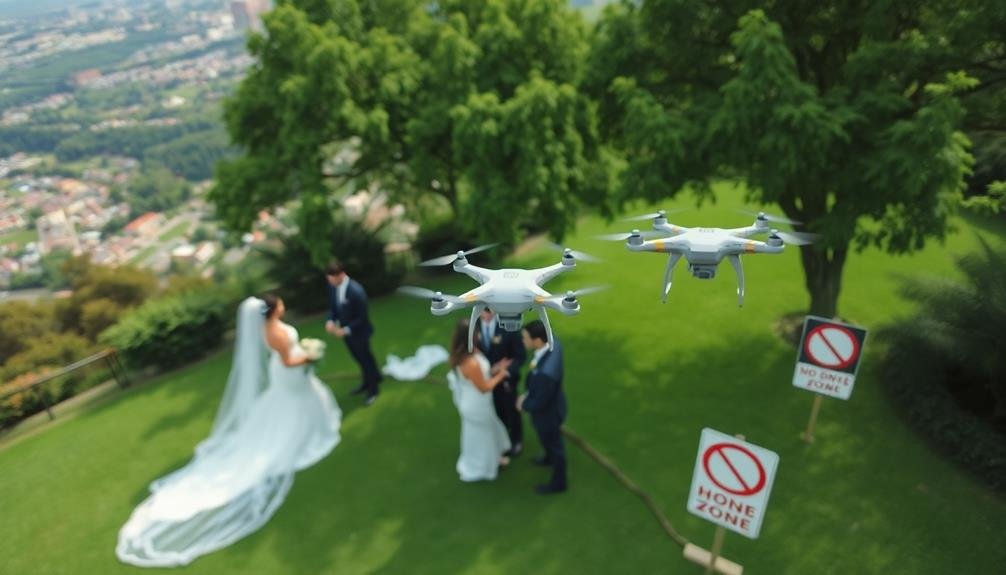
When considering drone photography for your wedding, you'll need to familiarize yourself with state and local drone laws, which can vary greatly by region.
You may encounter different regulations depending on your venue's location, with some areas requiring specific permits for drone operation.
It's essential to research and comply with these local requirements to guarantee your aerial wedding shots are both stunning and legal.
Regional Variance in Regulations
How can drone operators navigate the complex web of state and local regulations for wedding photography?
You'll need to research specific laws in your area, as they can vary considerably from one location to another. Start by checking your state's drone regulations, which may include restrictions on flight altitude, no-fly zones, and registration requirements. Some states have enacted stricter laws than federal regulations, so it's essential to understand these differences.
Next, investigate local ordinances in the city or county where you'll be operating. These may include additional restrictions on drone use in public spaces, parks, or near sensitive areas. Be aware that some municipalities have banned drone use entirely or require special permits for commercial operations.
To stay compliant, create a checklist of applicable regulations for each wedding location. Consider factors like airspace classifications, privacy concerns, and property owner permissions.
Keep in mind that regulations can change, so regularly update your knowledge. By thoroughly researching and adhering to regional variances in drone laws, you'll guarantee legal and safe operations for your wedding photography business.
Local Permit Requirements
Traversing local permit requirements for drone wedding photography can be a maze of bureaucracy.
You'll need to research and comply with specific regulations in your area, as they can vary considerably from one locality to another. Many cities and counties require special permits for commercial drone operations, including wedding photography.
Start by contacting your local government offices, such as the city clerk or county administrator, to inquire about drone permit requirements.
You may need to submit an application, provide proof of insurance, and pay a fee. Some localities might require you to obtain a temporary flight restriction (TFR) for your specific event.
Don't forget to check if the wedding venue has its own drone policies.
Many parks, beaches, and private properties have restrictions on drone usage. You'll need to secure permission from the venue owner or manager in addition to any local permits.
Be prepared to show your FAA registration and Part 107 certification if requested by local authorities.
Keep all necessary documentation with you during the shoot. Staying compliant with local permit requirements will help guarantee a smooth and legal drone photography experience for your clients' special day.
No-Fly Zones and Restricted Areas
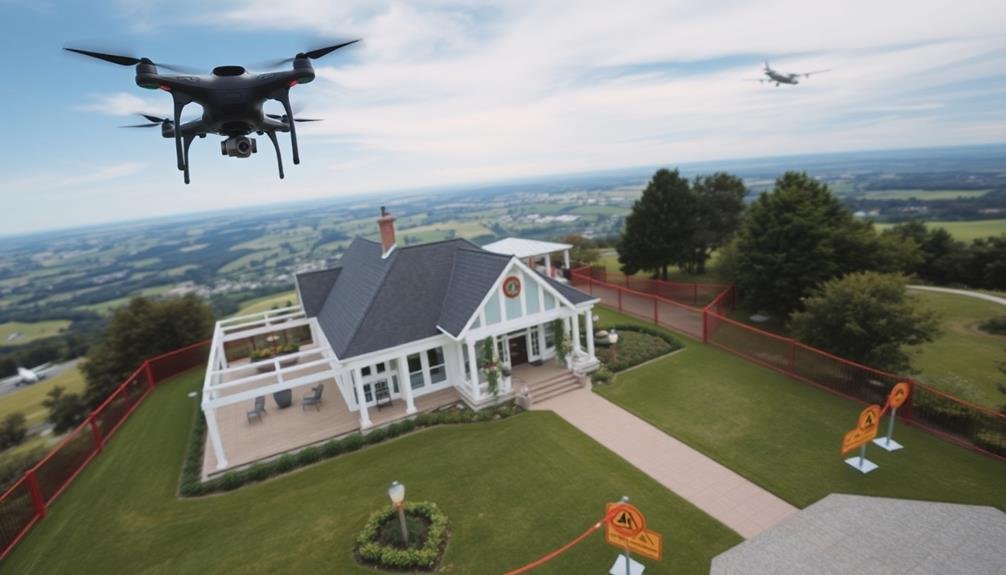
Certain locations pose challenges for wedding photographers and videographers due to no-fly zones and restricted areas. You'll need to be aware of these restrictions when planning your aerial shots. National parks, military installations, and airports are common no-fly zones where drone use is strictly prohibited.
Even if your wedding venue is near these areas, you can't operate your drone within their boundaries. Many cities have their own restricted areas, such as government buildings, stadiums, and power plants. You'll need to research local regulations to guarantee you're not inadvertently breaking any rules.
Some popular tourist destinations and historical sites may also have drone restrictions to protect privacy and maintain the atmosphere. Before your wedding day, use resources like the FAA's B4UFLY app or website to check for no-fly zones in your area.
If you're working with a professional drone operator, they should be familiar with these restrictions. However, it's still your responsibility to guarantee compliance. Remember, violating no-fly zones can result in hefty fines and legal consequences, potentially ruining your wedding memories.
Always prioritize safety and legality when planning your aerial photography and videography.
Privacy Considerations for Aerial Photography
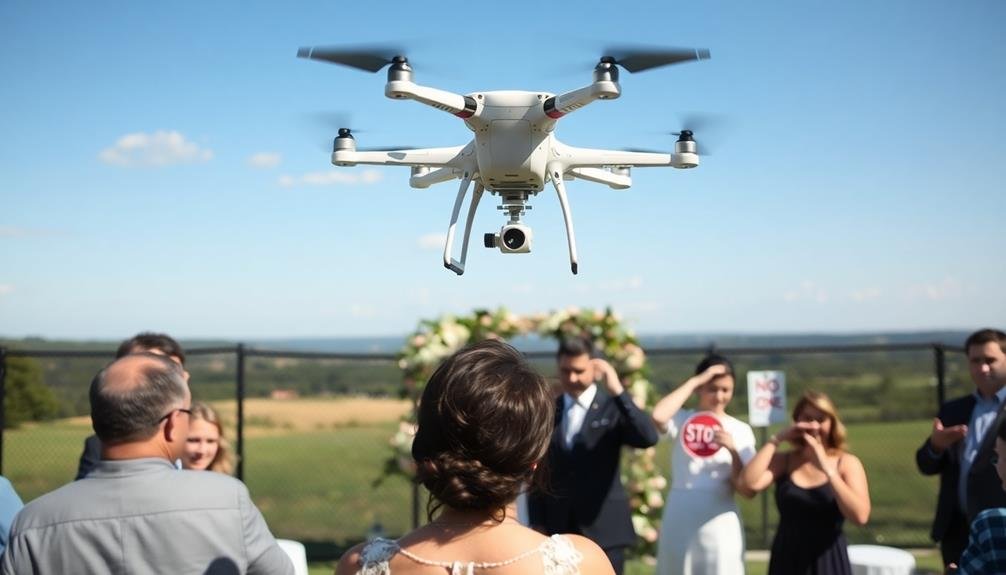
Respecting privacy is paramount when capturing aerial footage of your wedding. You'll need to be mindful of your guests' privacy and the surrounding area. Always obtain permission from the venue and inform your guests about the drone's presence. Avoid filming in areas where people have a reasonable expectation of privacy, such as changing rooms or private residences.
When operating your drone, be aware of local privacy laws and regulations. Some areas may have stricter rules about aerial photography. To guarantee compliance, consider the following privacy considerations:
| Consideration | Action | Benefit |
|---|---|---|
| Guest consent | Inform attendees | Prevents complaints |
| Neighboring properties | Avoid filming | Respects others' privacy |
| Public spaces | Check local laws | Ensures legal compliance |
| Data protection | Secure footage | Protects personal information |
Insurance and Liability Requirements
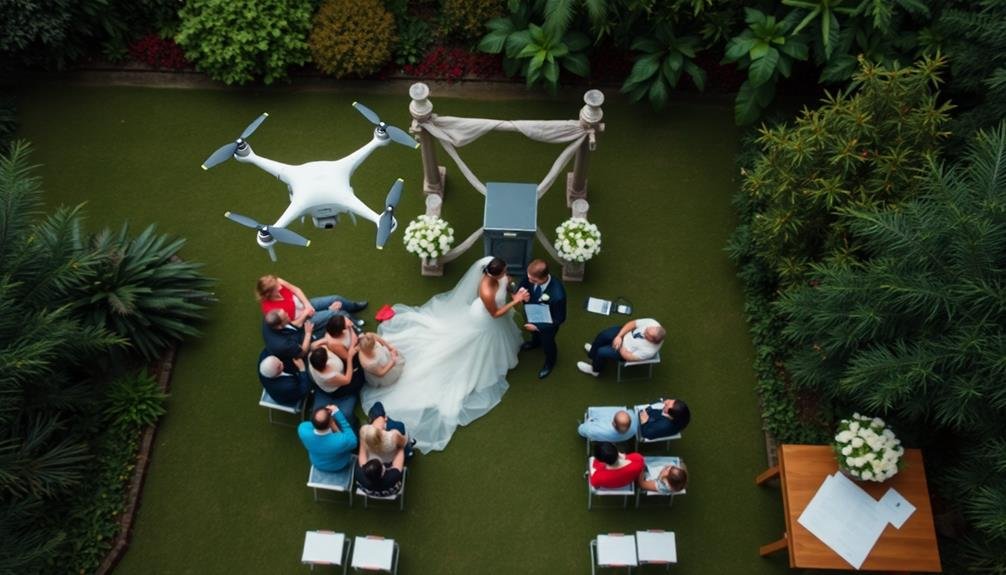
When planning your wedding photography and videography, you'll need to take into account insurance and liability requirements.
It's essential to understand the different types of coverage and limits that protect you and your chosen professionals.
You should also be aware of legal compliance factors to guarantee all aspects of your wedding documentation are properly insured and within the bounds of local regulations.
Coverage Types and Limits
Insurance and liability coverage are fundamental aspects of wedding photography and videography that often go overlooked. As a professional, you'll need to take into account several types of coverage to protect yourself and your business.
General liability insurance is a must-have, covering accidents or injuries that may occur during your work. Professional liability insurance, also known as errors and omissions coverage, protects you from potential lawsuits related to your services.
Equipment insurance is essential to safeguard your expensive cameras, lenses, and other gear. You should also take into account business interruption insurance to cover lost income if you're unable to work due to unforeseen circumstances.
When determining coverage limits, assess your risks and the value of your equipment. A typical general liability policy might offer $1 million per occurrence and $2 million aggregate coverage. For equipment insurance, verify your policy covers the full replacement value of your gear.
Professional liability limits can vary, but $1 million is common for small businesses. Remember to review and update your coverage regularly as your business grows and your needs change.
Don't skimp on insurance – it's a critical investment in your professional security.
Legal Compliance Considerations
Beyond securing appropriate insurance coverage, you must also navigate the legal landscape of wedding photography and videography. Familiarize yourself with local and state laws regarding photography in public spaces, as well as any specific regulations for popular wedding venues.
You'll need to obtain necessary permits and permissions, especially for locations like parks or historical sites. Ensure you're compliant with copyright laws and understand your rights as a photographer or videographer. This includes knowing how to protect your work and respecting others' intellectual property.
Be aware of privacy laws and obtain proper releases from clients and guests featured in your shots. If you're using drones for aerial photography, you must comply with FAA regulations. This includes registering your drone, obtaining a Remote Pilot Certificate, and following airspace restrictions.
Stay updated on changing drone laws, as they can vary by location and evolve rapidly. Consider joining professional organizations like the Professional Photographers of America (PPA) or Wedding and Event Videographers Association International (WEVA) for additional resources and guidance on legal compliance in the industry.
Best Practices for Wedding Drone Photography
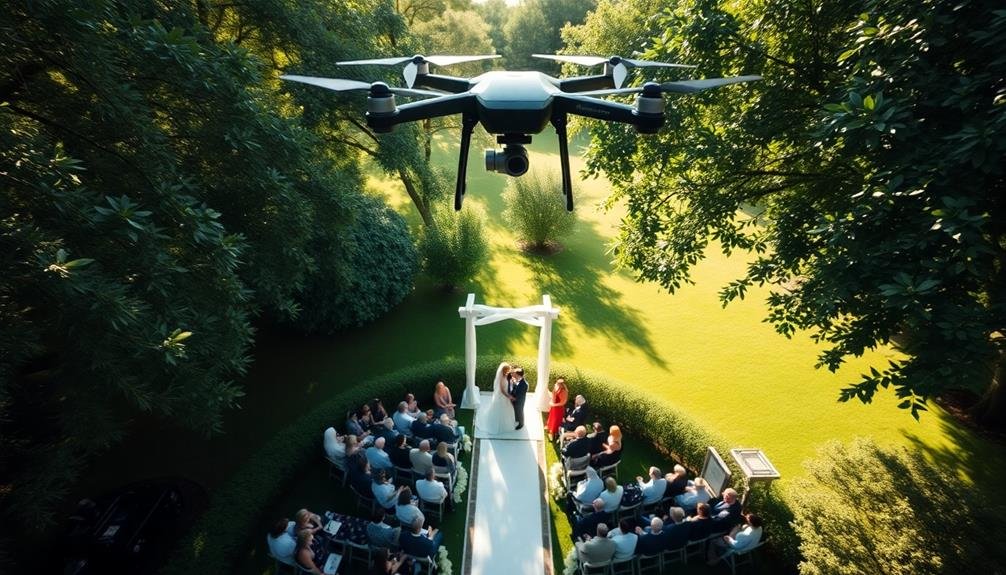
How can you capture breathtaking aerial shots of a wedding without breaking the bank or breaking the law? Start by obtaining your Part 107 certification from the FAA if you're in the United States. This license is essential for commercial drone operations, including wedding photography.
Choose a lightweight, compact drone with a high-quality camera to guarantee portability and ease of use. Practice flying in various conditions before the big day to hone your skills.
On the wedding day, arrive early to scout the location and identify potential hazards. Always maintain visual line of sight with your drone and stay below the 400-foot altitude limit.
Communicate with the couple and wedding planner to determine key moments for aerial shots. Focus on capturing wide-angle views of the venue, scenic backdrops, and group shots. Use intelligent flight modes like orbit or waypoints for smooth, cinematic footage.
Be mindful of privacy concerns and avoid flying over guests without permission.
Lastly, carry spare batteries and memory cards to guarantee uninterrupted coverage. By following these best practices, you'll create stunning aerial wedding footage while staying safe and compliant.
Frequently Asked Questions
How Much Does It Cost to Hire a Drone Operator for a Wedding?
You'll typically pay between $200 and $1,000 for a drone operator at your wedding. Costs vary based on experience, equipment quality, flight duration, and location. It's best to get quotes from several operators for accurate pricing.
Can I Operate the Drone Myself if I'm Not a Professional Photographer?
You can operate a drone yourself, but it's not recommended for your wedding. You'll need to obtain proper certification, learn flight skills, and understand local regulations. It's best to hire a professional for such an important event.
What Types of Drones Are Best Suited for Wedding Photography and Videography?
You'll want a drone with a high-quality camera, stable flight, and good battery life. Popular options include DJI's Mavic series, Autel EVO II, or Parrot Anafi. Consider size, noise level, and ease of use for wedding settings.
How Long Can a Drone Typically Stay in the Air During a Wedding?
You'll find most drones can stay airborne for 20-30 minutes on a single battery charge. For longer coverage, you'll need to swap batteries or use multiple drones. Plan your shots carefully to maximize flight time.
Are There Specific Weather Conditions That Prevent Drone Use at Weddings?
You'll need to ground your drone in strong winds, heavy rain, or extreme temperatures. Fog and low visibility conditions are also no-fly situations. Always prioritize safety and follow local regulations when using drones at weddings.
In Summary
You've now got a solid grasp of drone laws and regulations for wedding photography. Remember, you'll need to stay up-to-date with FAA rules, local laws, and no-fly zones. Always respect privacy, get proper insurance, and follow best practices. With these guidelines in mind, you're well-equipped to capture stunning aerial footage of the big day. Just keep safety and compliance at the forefront, and you'll soar to new heights in your wedding photography business.

I’m Sarah, the creator and writer behind this site. I’m a wife and a mother of two wonderful kids who keep me on my toes and inspire me daily. My passion lies in creating and organizing memorable events and group activities, where people can come together and make lasting memories.
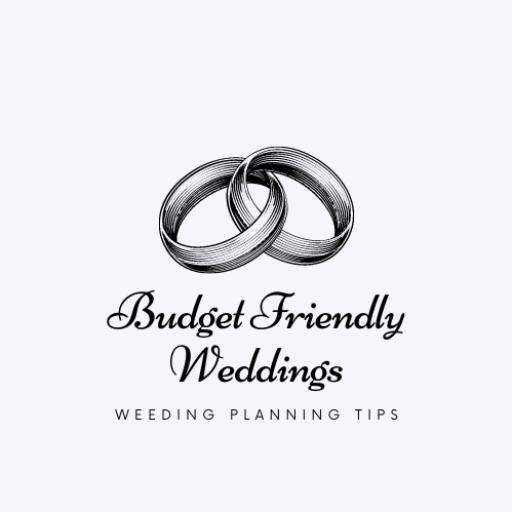




Leave a Reply